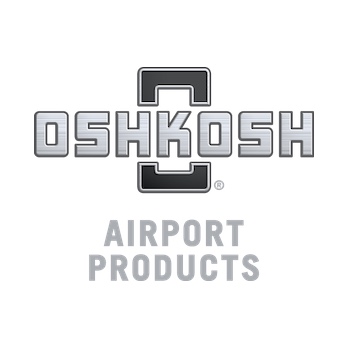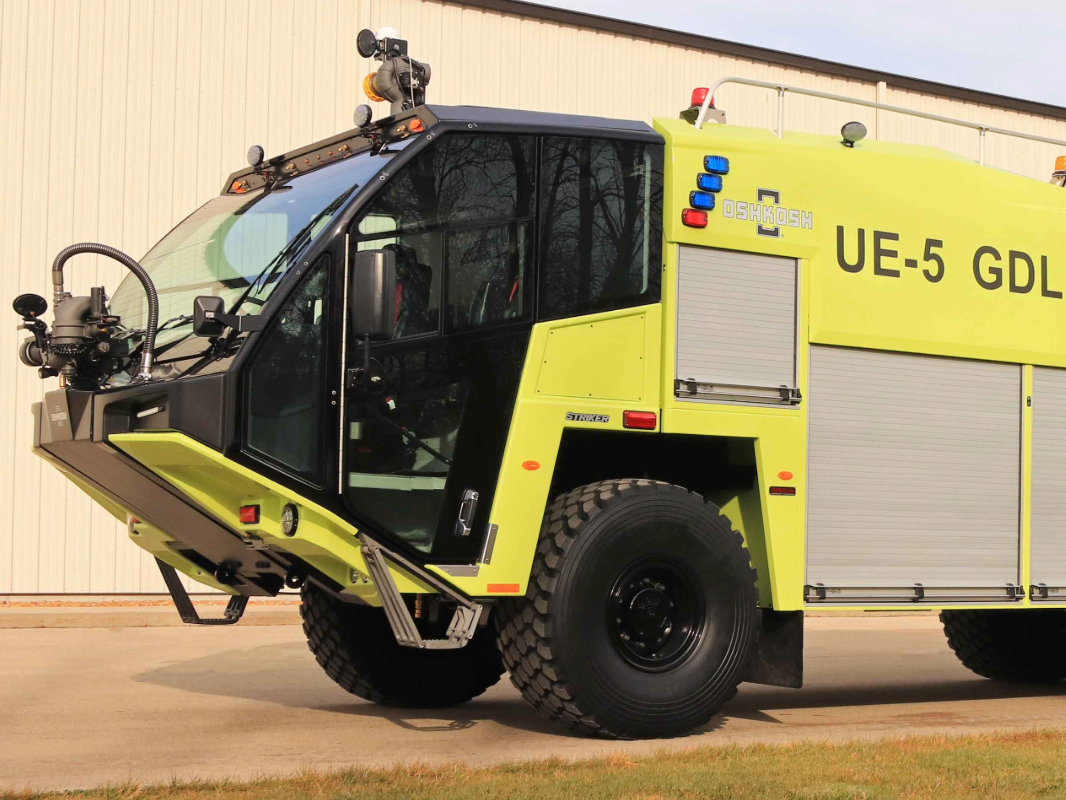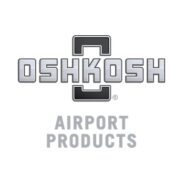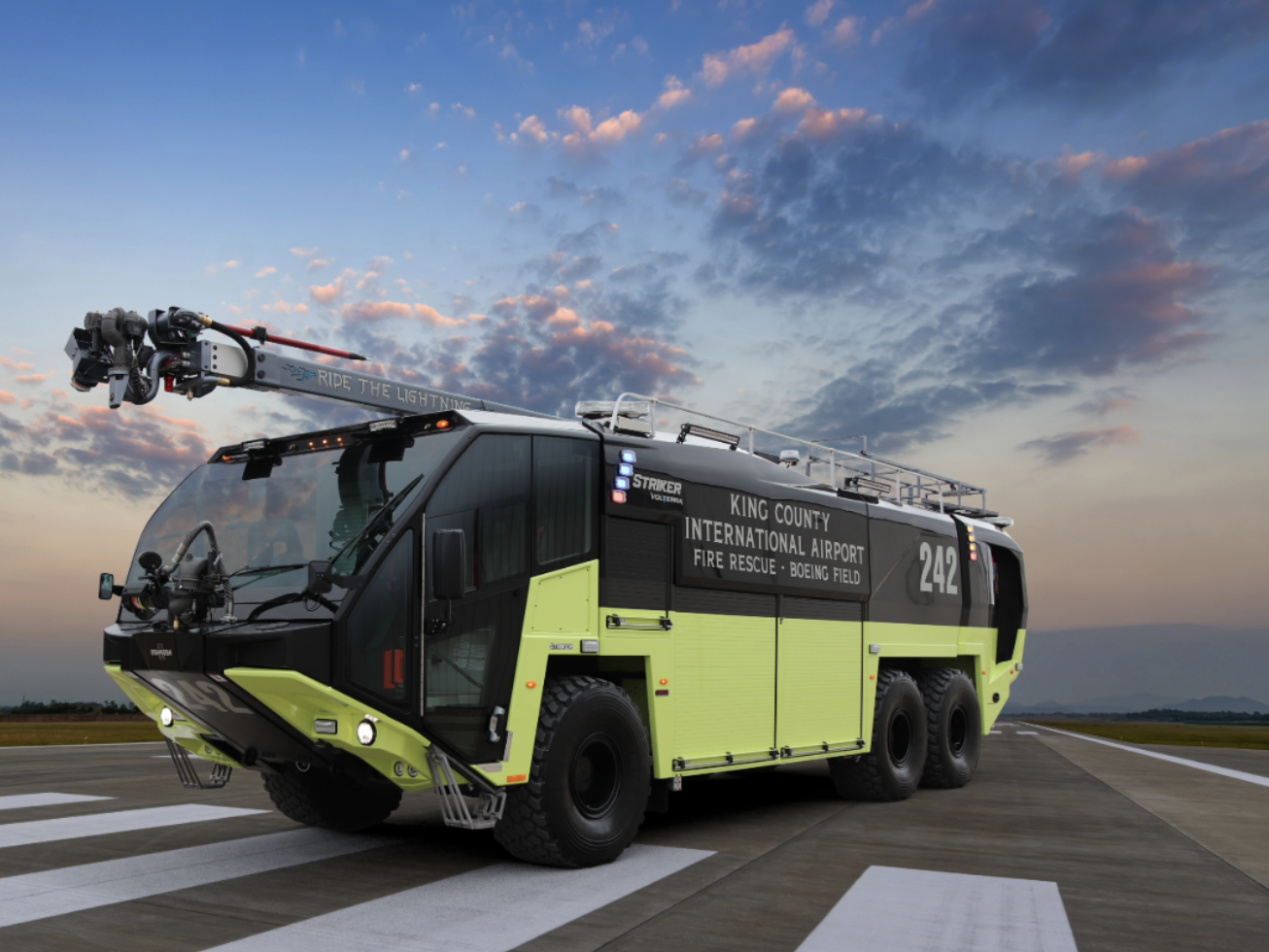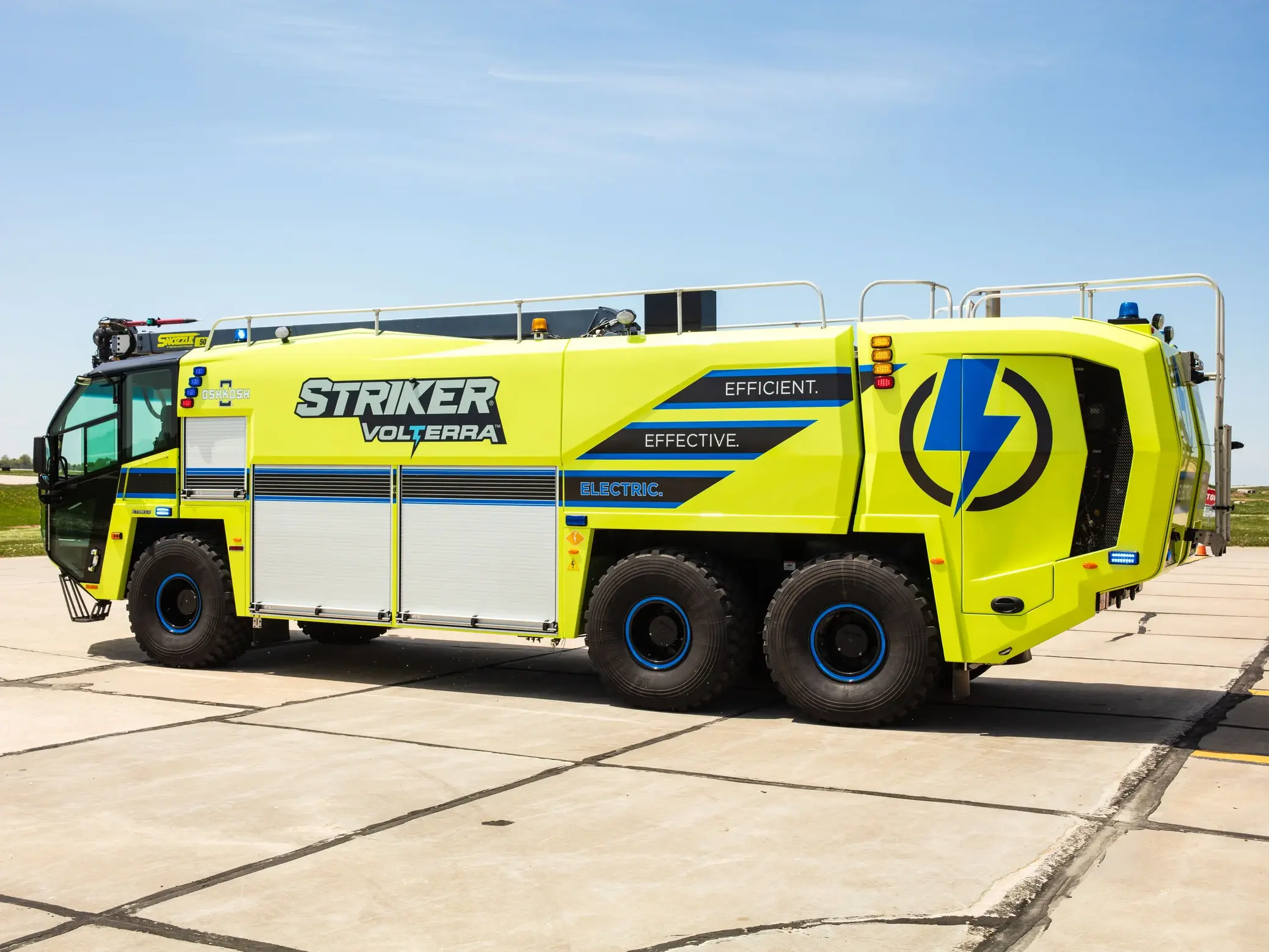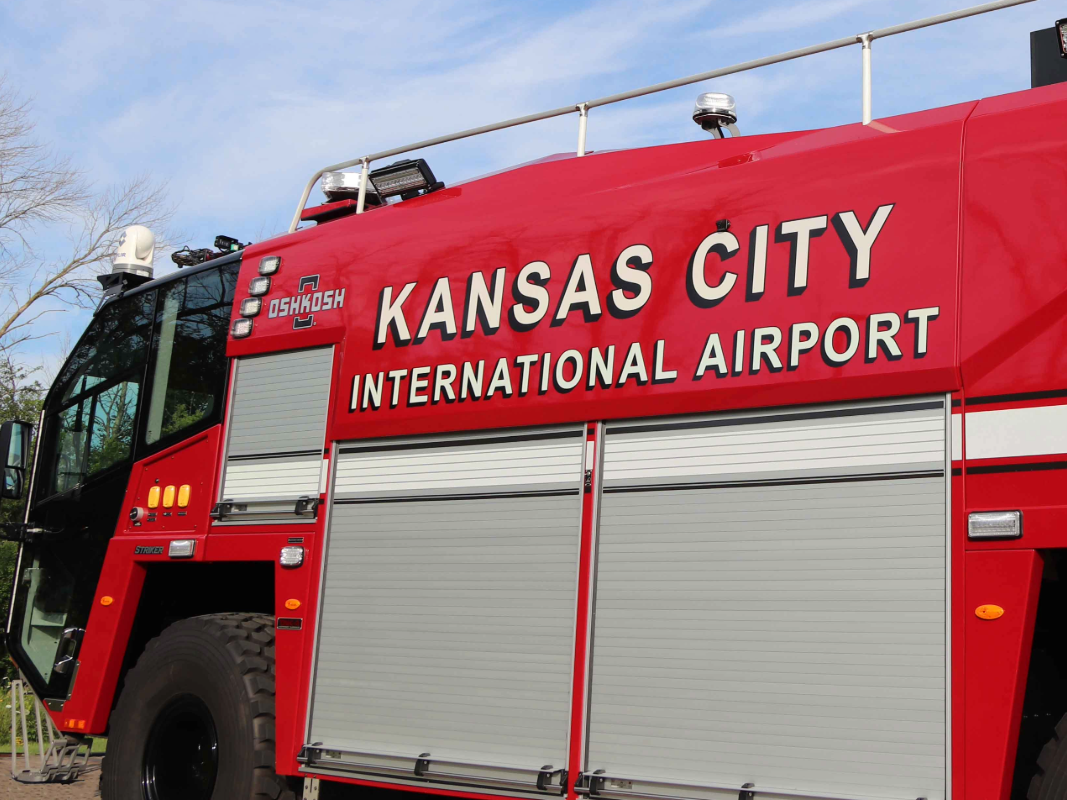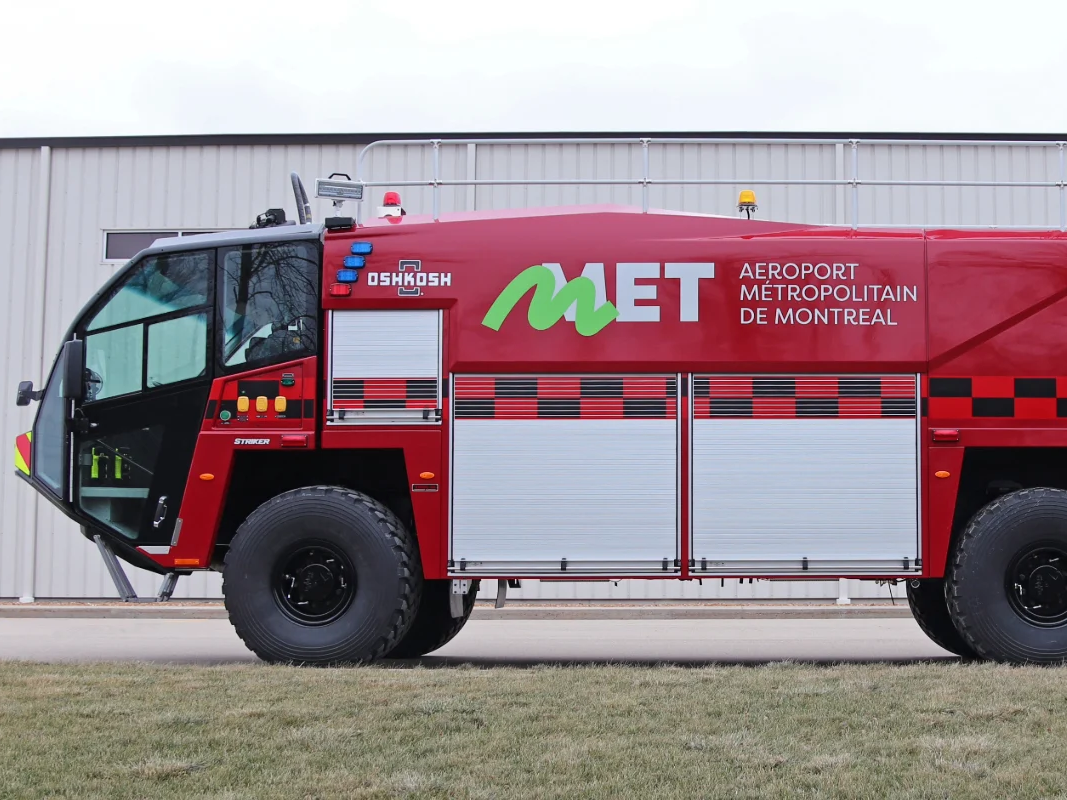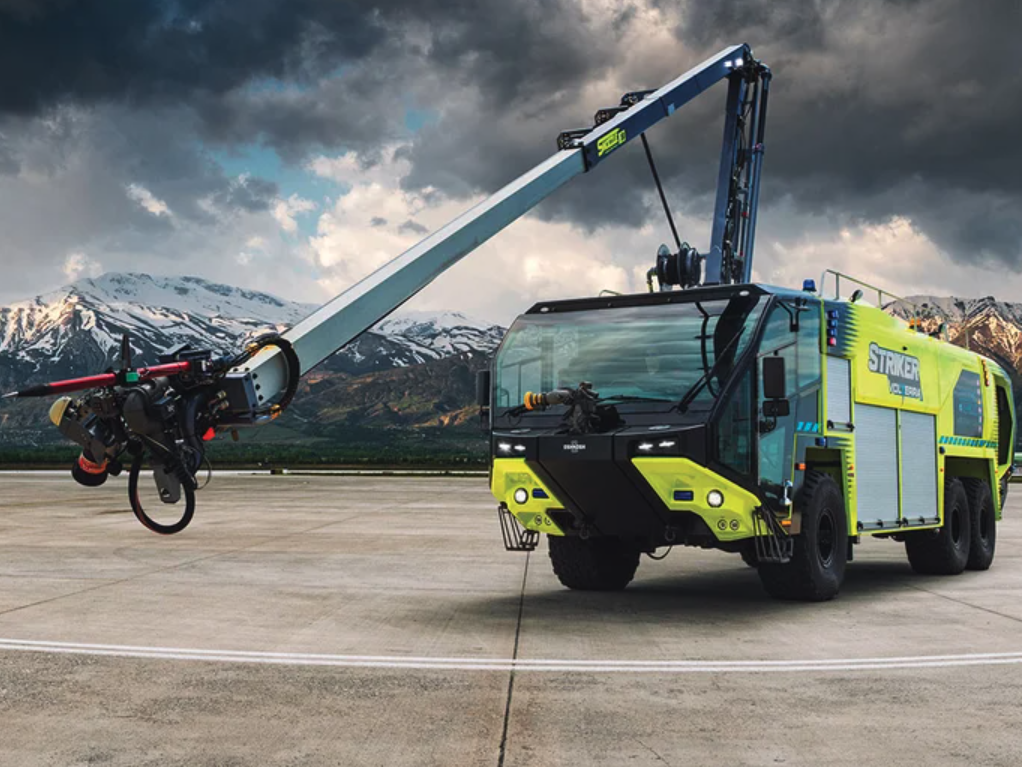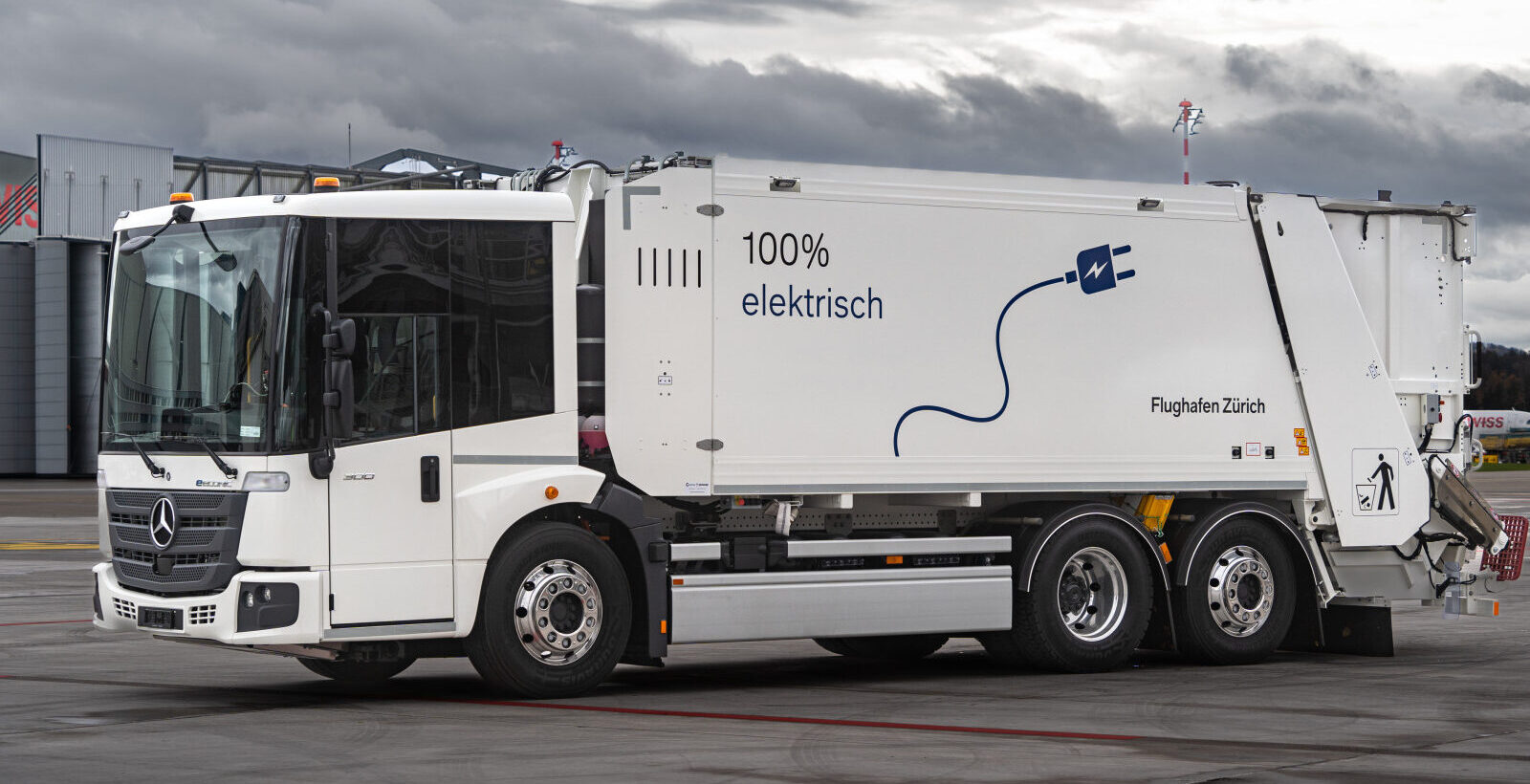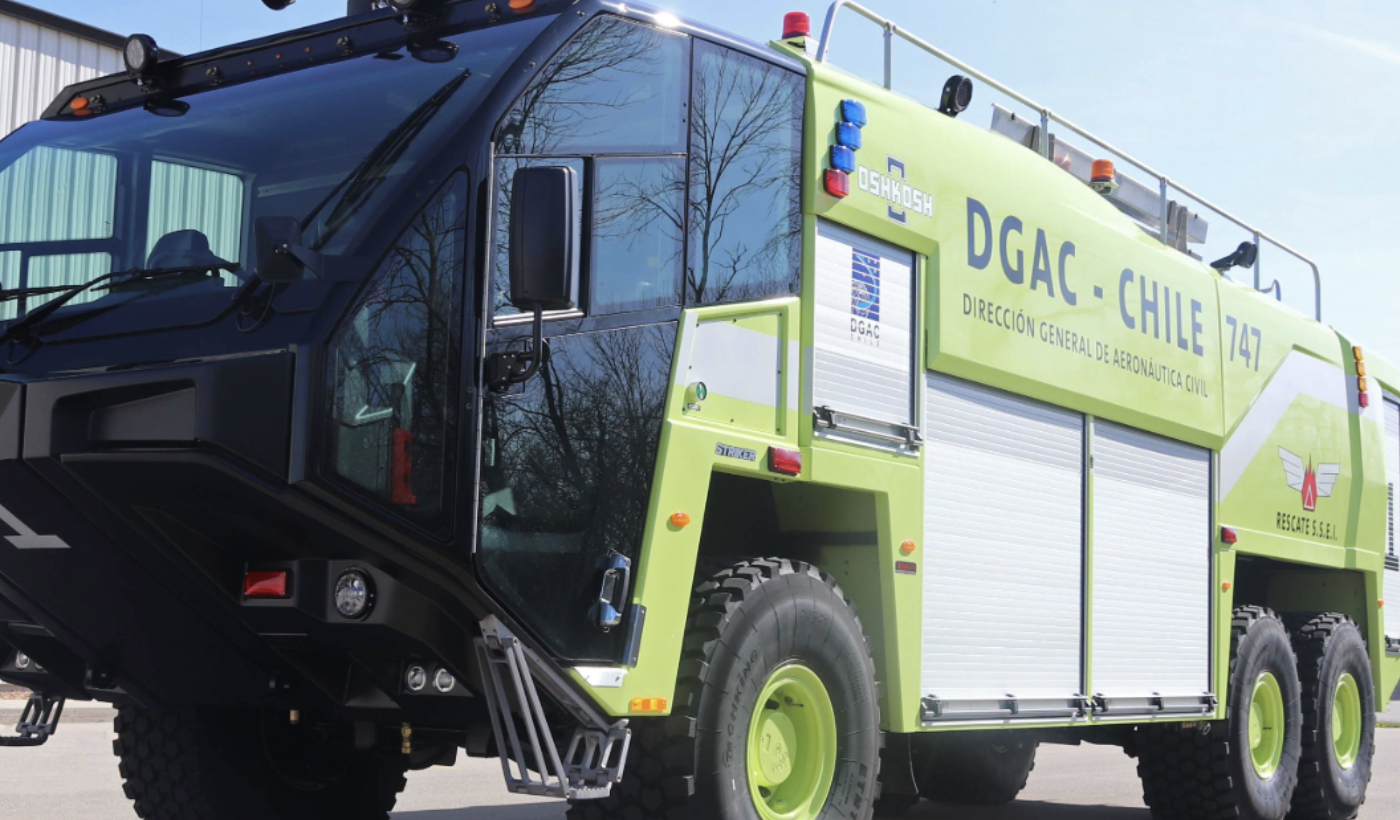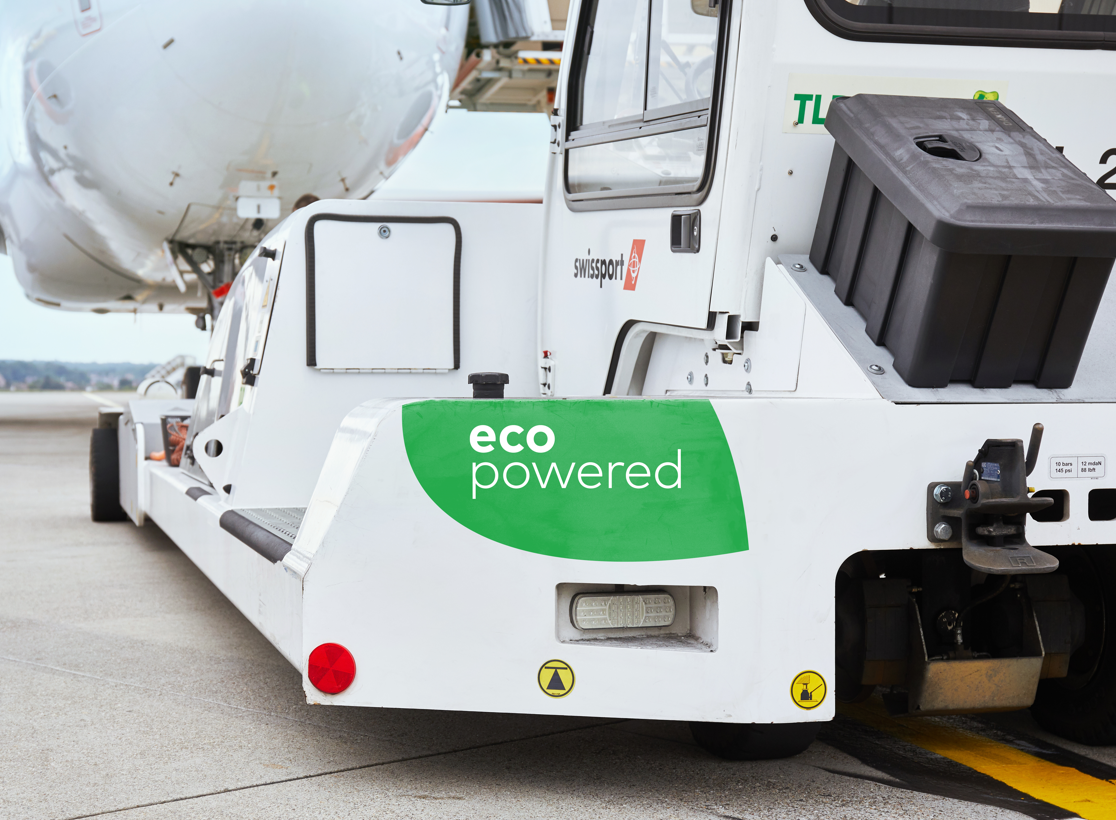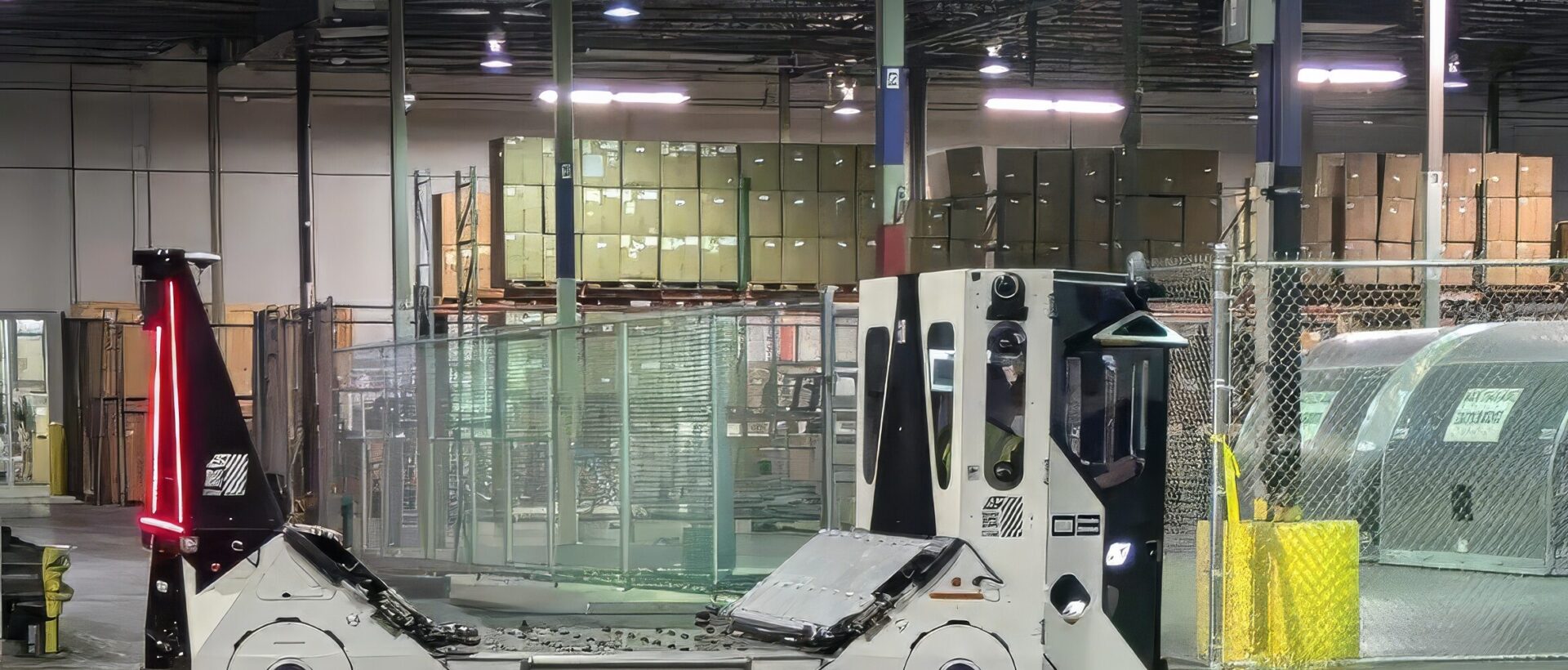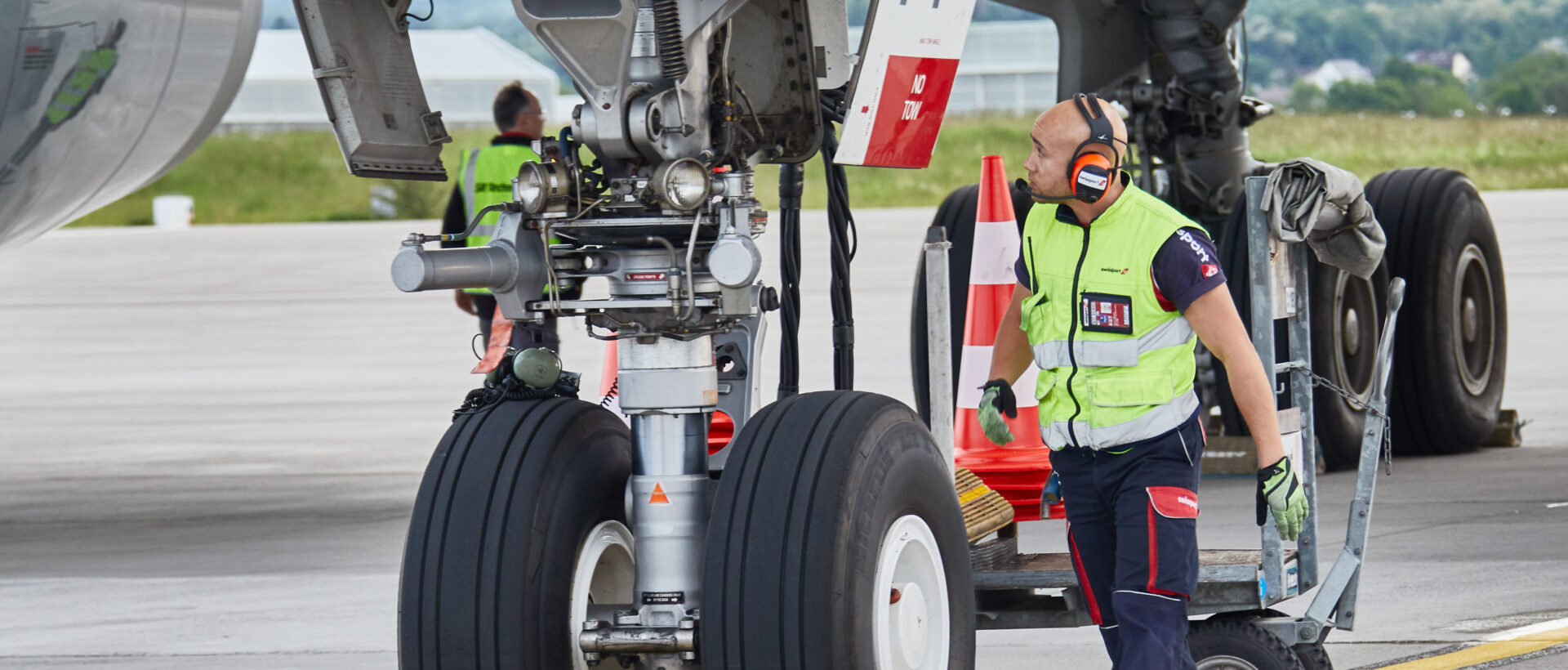Firefighters respond to emergencies in a wide variety of environments which require the proper type of equipment to safely and effectively get the job done.
Airports are a particularly unique environment and utilize specialized Aircraft Rescue and Firefighting trucks, or ARFF trucks, that are designed to handle emergencies involving airplanes.
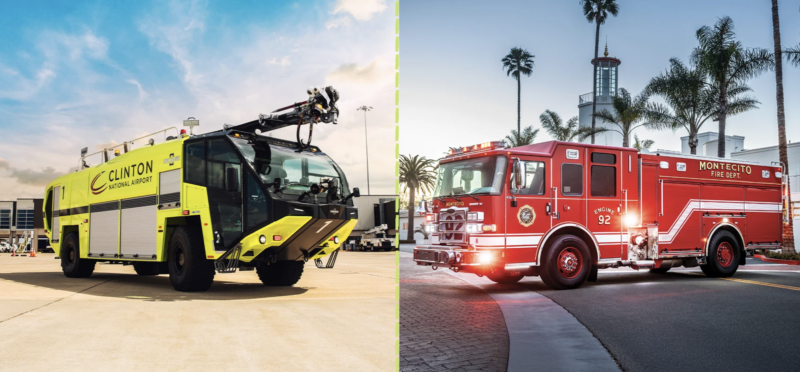
You may have seen an airport fire truck operating on the tarmac while boarding a flight and noticed how different it looked compared to the fire trucks you see in your community. Below, we explore the key differences between ARFF trucks and municipal fire trucks, explaining how ARFF trucks are purpose-built to meet the unique demands of their environment.
Safety Green Color
A key difference between ARFF trucks and municipal fire trucks is the bright safety green color of ARFF trucks. This distinctive color isn’t just for appearance; the Federal Aviation Administration (FAA) mandates safety green to make ARFF trucks easily visible to pilots and ground crews, especially in conditions of low visibility, such as fog, rain or nighttime on an airport runway.
Municipal fire trucks, on the other hand, are typically red and designed with a focus on maneuverability for paved roads.
Water Supply
Airport fire trucks typically have far more limited access to nearby water supplies from fire hydrants than municipal trucks do, which means they have to carry their water supply with the vehicle. For example, the Oshkosh Striker® 8×8 can carry up to 4,500 gallons of water at a time. Because of the added weight from the additional water, an airport fire truck has a much larger and wider wheelbase than municipal trucks.
Municipal trucks can also carry water with them, with tank options available in a variety of different sizes based on the type of apparatus and a community’s needs. For comparison, Pierce fire apparatus water tanks vary greatly in size and the level of customization available depending on if the vehicle is a pumper, aerial, tanker or other type of truck. One differentiation for municipal fire trucks and ARFF fire trucks is in many locations, communities make hydrants available for municipal trucks to connect to and access a greater water supply.
Fire Suppression
In addition to water, both ARFF and municipal fire trucks have the ability to carry additional firefighting agents on board. But airport fire trucks must be able to carry a greater variety of agents than municipal trucks because of the nature of the fires they encounter. Aircraft fires can spread very quickly and burn more intensely with the type of fuel carried on board. It’s extremely important to neutralize an aircraft fire as quickly as possible.
Types of Fire Suppressants
There are three primary fire suppressants an ARFF truck can carry:
- Water
- Firefighting Foam
- Dry Chemicals
Firefighting foam is mixed with water and often used for fuel spills because it coats surfaces and suppresses the fire by cutting off its oxygen supply. Additionally, there are numerous types of dry chemicals which can be used in different situations including the suppression of chemical and electrical fires. Dry chemicals are frequently used in industrial settings, where chemical and electrical fires are at a high risk. Dry chemicals are only used when needed due to the fine particulates which spread easily over a large area and require thorough cleanup.
Pump-and-Roll Capability
A unique feature of ARFF trucks is their pump-and-roll capability, which allows them to spray water or foam while moving. This is essential for spreading agents quickly over large areas like airport runways. While some wildland and wildfire response vehicles also have a pump-and-roll capability, it’s generally not included on municipal fire trucks, as they are usually stationary during firefighting operations.
The Oshkosh Snozzle® High Reach Extendable Turret
An airport fire truck also has the option for nozzles to be mounted on the exterior of the vehicle and on a boom which allows for fire suppressant attack from many angles, including in the air, on the ground, and far below grade. The Oshkosh Snozzle® High Reach Extendable Turret can be operated from inside of the cab and is an incredibly beneficial feature. The Snozzle HRET reduces, or even eliminates, the need for hoses which take time to set up on scene and may require firefighters to get too close to the fire. It can also penetrate the outside of an aircraft from 50 or 65 feet to deploy fire suppressants directly inside the aircraft and release up to 250 gallons of water per minute.
Municipal fire trucks can also be equipped with the Snozzle HRET, using the piercing tip to penetrate a structure. Fire departments can decide to use a nozzle only version of the feature to give firefighters an elevated water source to attack a fire.
How Fast Can Airport Fire Trucks Go?
The NFPA (National Fire Protection Association) sets standards for both ARFF trucks and municipal fire trucks. The acceleration requirements are more aggressive for the airport fire trucks because it is critical to arrive at the aircraft before the fire reaches the fuel tanks, where extremely flammable jet fuel is stored.
Airport fire trucks are required to be able to accelerate from 0 to 50 miles per hour in 25 seconds or less and reach a top speed of at least 70 miles per hour, a requirement both the Oshkosh® Striker® ARFF and the Oshkosh® Striker® Volterra ARFF met. Municipal trucks, on the other hand, must be able to accelerate from 0 to 35 miles per hour in 25 seconds and reach a top speed of at least 50 miles per hour.
Difference in Operating Environments and Body Structure
The body of an airport fire truck is designed to be better suited for off-road driving than a municipal truck. This construction helps ARFF trucks meet FAA guidelines for off-road performance and maneuverability, ensuring they can reach emergencies quickly, regardless of terrain. They will often have special off-road tires and a suspension system built for rougher, off-road terrain which may exist on or near an airport. The Oshkosh Striker ARFF truck comes standard with the Oshkosh TAK-4™all-wheel independent suspension, which is critical when trying to reach a plane which has landed off the paved runway.
Municipal fire trucks will most often operate on paved surfaces including local streets and freeways. Some fire trucks in suburban and rural areas may include off-road capabilities. Municipal fire departments can also choose the TAK-4 Independent Suspension or TAK-4 T3 Independent Rear Suspension with tight turning technology, for improved ride quality and to match the needs of their service area.
The ultimate goal of airport and municipal firefighters is the same; to extinguish fires, mitigate damage, and above all, save lives. ARFF trucks provide customized capabilities for the unique airport environments they operate in.
This article was originally published by Oshkosh.


